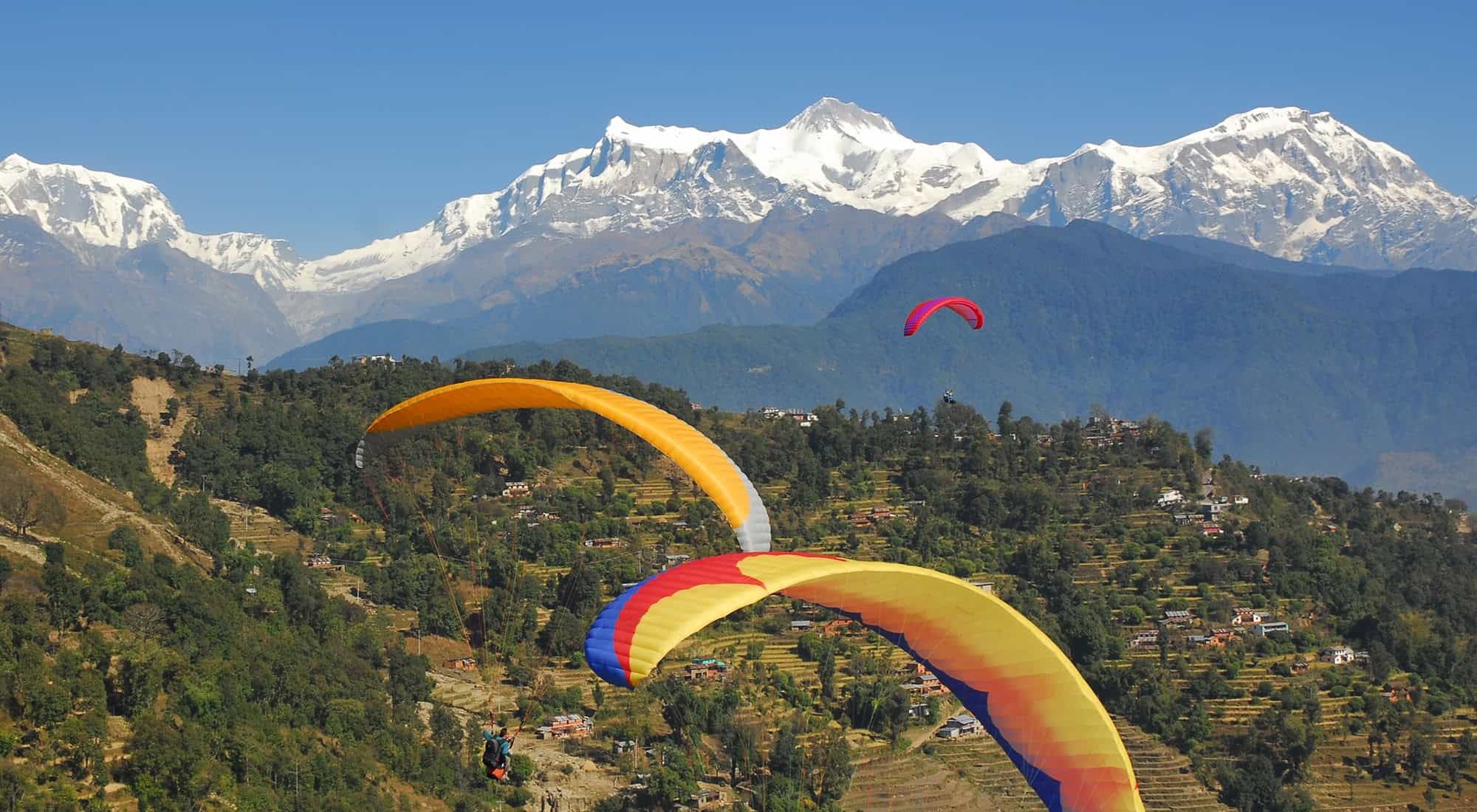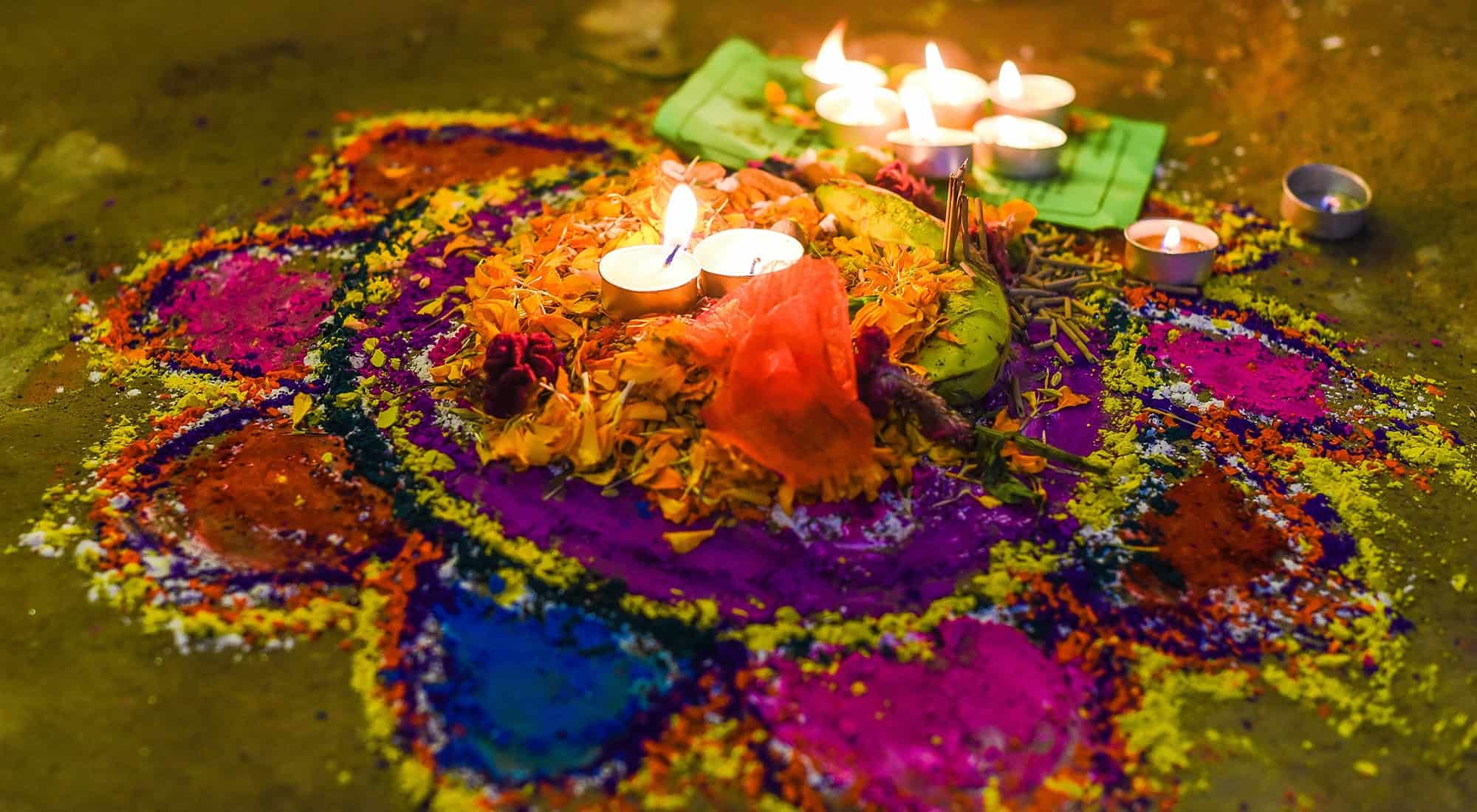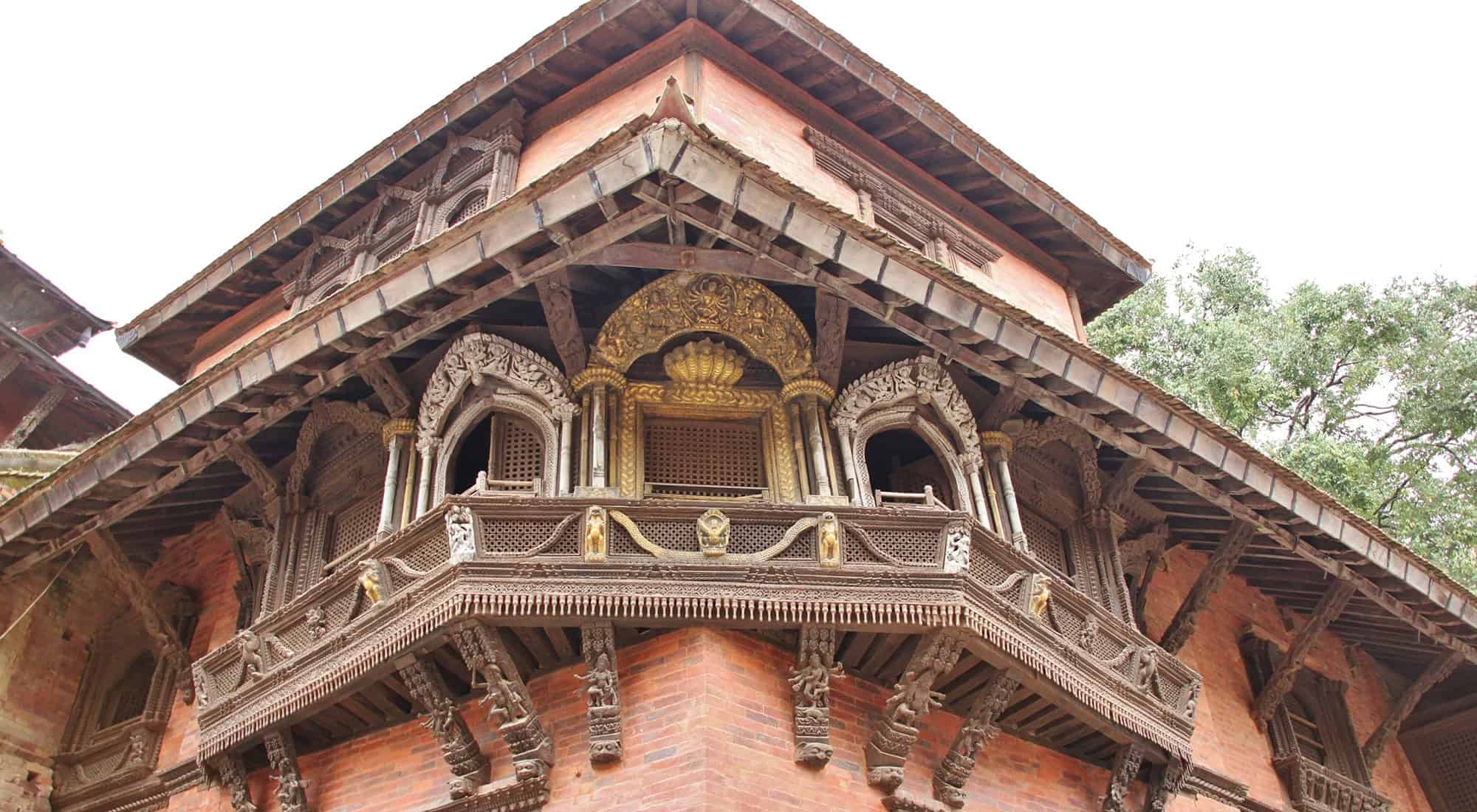Birdwatching
Birdwatching in Nepal is outstanding. There have been 876 species recorded to date, including 35 globally threatened species, 19 near-threatened species and 15 restricted-range species. Look out for the spiny babbler, the country’s only endemic species. Several of the national parks, especially in the Terai, are popular destinations on birdwatching itineraries.
Climbing
If you like climbing, then where better to visit than the home of eight of the world’s 10 highest peaks? If you have the experience (and money) you can attempt to climb Mount Everest with one of the climbing agencies that offer to get you to the summit. There has been talk of tightening up on the permits to the main peaks following a series of accidents over the last few years, but currently they are still available.
If you have less lofty ambitions consider one of the 30+ trekking peaks currently on offer. While many of these are more technical than the name suggests, some have little technical requirement and will allow you to achieve your goal with limited mountaineering experience. As they range in height between 5650 and 6476 m, the peaks are still a major achievement. The highest, Mera Peak (6476 m), is one of the least technical.
Cultural tourism
Kathmandu has more UNESCO World Heritage Sites than any other city on Earth and away from these you’ll find small shrines and statues on the corners of many streets. The traditional architecture and hidden courtyards may be vanishing in the modern development of Kathmandu, but it can still easily be found in the outlying towns and villages where life goes on as it has for centuries.
There are festivals every month, celebrated with enthusiasm and colour. Most depend on the lunar calendar so make sure you check with your operator before booking as the dates change year to year. Some only happen every few years, some every decade or so. Outside the cities Buddhist shrines and Hindu temples still litter the landscape, unchanged by tourism and time; and don’t forget that the Buddha himself was born in Nepal, in the small Terai town of Lumbini.
Mountain biking
In the last 25 years, jeep roads and tracks have steadily pushed their way up into the mountains, linking isolated valleys and communities that previously were many days’ walk from the outside world. These have in turn opened up myriad opportunities for the mountain biker. The unsurfaced routes offer well-graded ascents and white-knuckles descents, as well as being comparatively free of traffic.
Paragliding
Over the last 15 years the lakeside town of Pokhara has become one of Asia’s leading adventure sport destinations. The thermals and currents created by the Annapurna mountains and surrounding lakes make it ideal for sports such as paragliding, and several specialist firms are based in the town. The rewards are obvious. As you soar high above the lake, you get unrivalled views of the whole Himalayan chain stretching away in either direction. It gives you a true feeling of the scale of the landscape as well as the excitement of the flight and landing. Longer flights take you nearer to the mountains themselves – one local pilot has even flown over Machapuchare itself at 6993 m – with the use of oxygen.
Rafting
As you would expect from a country whose northern border comprises the highest mountains on Earth, its rivers channel vast quantities of melting snow and offer some of the finest rafting on the planet. There is a full range of difficulty, from gentle Grade II rapids ideal for beginners and families, right through to white-knuckle Grade Vs for the experienced, thrill-seeker.
Rafting trips
From east to west, Nepal offers an unparalleled diversity in its river layout cutting through the Himalaya and foothills with descents of Grade I-VI. Routes and itineraries depend on the season, water level and local conditions. Also, while new stretches of river are being opened, so old routes may be disrupted by the building of hydroelectric projects.
Suggested tours
Trisuli (1 day) A short drive from Kathmandu, you can do this when heading to Chitwan or Pokhara. Some fun rapids, the chance to swim some rapids if the water level is right, and a few good jumping spots. A good introduction to rafting and for families.
Bhote Kosi (two days) A short drive from Kathmandu, this is a rafting adventure that can be fitted into a longer itinerary. It’s got some big rapids – Grade V – so you will get wet and need to do your bit by paddling the boat when instructed. A real adrenalin ride.
Kali Gandaki (three days) Grade IIIIV rapids, lovely countryside and some camping nights gives this trip an expedition feel while still experiencing some decent water. Starting near Pokhara it combines well with a trek in the Annapurnas.
Sun Kosi (nine days) This trip provides a real rafting adventure that combines great rapids with amazing mountain scenery, out-of-the-way villages and tropical jungle. Camping on remote sandy beaches under the stars makes it a real adventure.
Karnali (10 days) Remote, big rapids and no way out except down the river, this is a real expedition, travelling through some impressive gorges and untouched scenery. Experienced rafters only.
Trekking
From gentle day walks in the Kathmandu Valley or the foothills around Pokhara, to high-altitude treks to the Base Camps of Everest and Kanchenjunga, Nepal is synonymous with trekking. Other than proper planning and taking informed, sensible care of yourself, your fellow trekkers and surroundings whilst en route, there is no definitive ‘way’ of trekking nor any speed at which you have to walk; the main thing is to enjoy the experience. The regions of Langtang, Gosainkund and Helambu, all to the north of Kathmandu, lack the 8000-m-plus giants and therefore are not quite as popular as Annapurna and Everest. But what the area does offer is a combination of High Himalayan scenery with culture and village life, all within driving distance of Kathmandu. Everest is the magnet of Nepal. Many are attracted by the mountain itself, others by the Solu Kumbu region, the home of the Sherpas, and some by both. The Everest Base Camp trek remains very popular and most treks involve being at altitude and requires you to retrace your route. Trekking from Pokhara tends to be into the Annapurna Conversation Area. There are three classic treks: the Annapurna Circuit, Annapurna (or Machapuchure) Base Camp and the Ghorepani foothills trek (ideal for those who want to travel light). Pokhara is also the gateway for treks into Mustang. Geographically part of the Tibetan Plateau it is remote, cold and covered in snow through the winter. At 3000-4000 m it is not particularly high but the dust, cold and unrelenting winds make conditions harsh. You are rewarded, however, by a unique culture and breathtaking landscapes, with natural colours enhanced by incredible architecture.
Far eastern Nepal has a number of long treks up the Arun river towards Everest, to the Makalu Base Camp as well as to Kangchenjunga. Less developed than the more accessible central Nepal treks, these treks require more planning and preparation. Western Nepal is the least-developed trekking area. Treks from Jumla, Dunai and Simikot are a logistical challenge and you need to be fully prepared before undertaking them. The treks to Rara Lake and the Dolpo area also needs planning, with most visitors using the services of a tour operator.
Prominent peaks
Of the world’s 10 highest peaks, eight are in Nepal: Everest (8848 m), Kanchenjunga (8598 m), Lhotse (8511 m), Makalu (8475 m), Dhaulagiri (8167 m), Manaslu (8162 m), Cho Oyu (8153 m) and Annapurna I (8091 m). Of course, climbing expeditions for all the above require experience, detailed planning and mountaineering permits. But there are currently 33 lesser peaks, euphemistically known as ‘trekking peaks’. The somewhat arbitrary distinction effectively means that climbers can bypass the ponderous and costly process of applying for a mountaineering permit. Many of these trekking peaks nevertheless require high standards of climbing skills and should not be attempted lightly. They include: Mera Peak (6654 m), Chulu Peak (6584 m), Singu Chuli (Flute Peak; 6501 m), Hiunchuli (6441 m), Chulu West (6419 m), Kusum Kanguru (6367 m), Parchemuche (6187 m), Imja Tse (Island Peak; 6183 m), Lobuche (6119 m), Pisang (6091 m), Kawande (6011 m), Ramdung (5925 m), Paldor Peak (5896 m), Khongma Tse (Mehra; 5849 m), Kangja Chuli (5844 m), Pokalde (5806 m), Tharpu Chuli (Tent Peak; 5663 m); Mardi Himal (5587 m). Special permits are still required and a qualified guide must accompany each group.
Wildlife watching
With a total of 20 reserves covering a vast range of landscapes and temperate zones, Nepal has some excellent wildlife-viewing opportunities. Chitwan and Bardia national parks in Nepal’s Terai provide the chance to see some of the sub-continents rarest animals. The one-horned Asian rhino, wild elephant and tigers all live in the parks, as well as leopards, spotted deer and a host of other animals and birds (see birdwatching, above). In the rivers are gharial and mugger crocodiles, as well as the critically endangered river dolphin. As you trek in the mountains you may see musk deer or red pandas, while at high altitude there is the elusive snow leopard. And who knows, you too might come across evidence of the yeti, just as Edmund Hillary and Eric Shipton did on their 1951 Everest recce.










